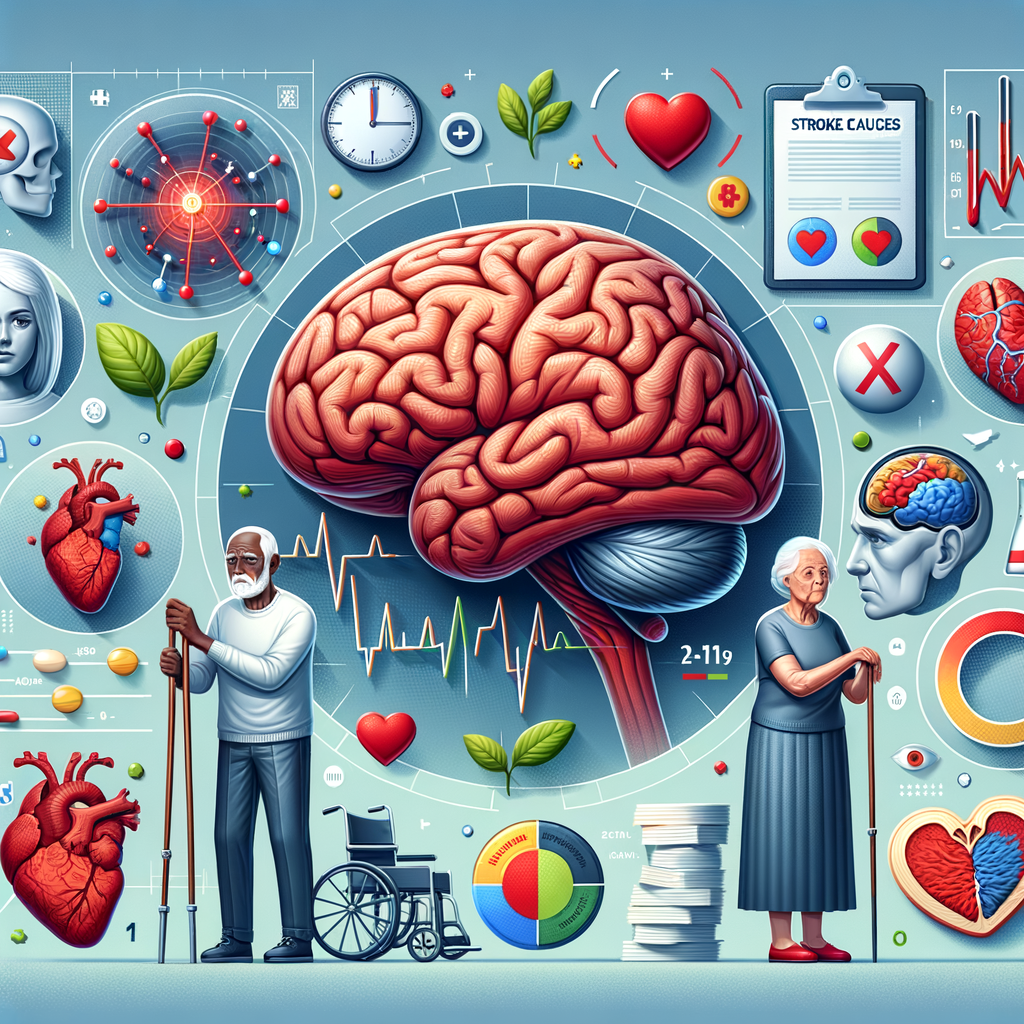How to Choose the Right Diet and Nutrition Plan for Your Body
The quest for maintaining a healthy lifestyle often begins with understanding diet and nutrition. In a world saturated with dietary fads and fleeting trends, the search for the ideal diet can be overwhelming. This blog will guide you through the essential steps to identify a nutrition plan that aligns with your unique body composition, lifestyle, and health objectives.
Understanding Your Nutritional Needs
The first step in selecting the right diet is to comprehend the specific nutritional needs of your body. This requires considering several factors:
- Age: Nutritional requirements vary significantly based on age. For instance, children and adolescents need more calories for growth compared to older adults.
- Gender: Men and women often have different metabolic rates and nutritional needs.
- Activity Level: A sedentary person has different calorie needs compared to an active individual.
- Health Goals: Whether you aim to lose weight, gain muscle, or maintain overall health, your goals will significantly influence your dietary choices.
Evaluating Dietary Options
Once you have a clear understanding of your nutritional needs, the next step is to evaluate various diet plans. Below are some popular diets:
- Mediterranean Diet: Rich in fruits, vegetables, nuts, seeds, and healthy fats, this diet emphasizes whole foods and is associated with numerous health benefits.
- Ketogenic Diet: This low-carb, high-fat diet aims to shift the body’s metabolism away from carbohydrates and towards fats for energy.
- Paleo Diet: Focused on whole foods, this diet mimics the eating patterns of hunter-gatherers, emphasizing meats, fish, fruits, and vegetables while excluding processed foods.
- Vegetarian/Vegan Diet: These diets exclude meat and animal products, respectively, and require careful planning to ensure adequate nutrient intake, particularly protein and vitamin B12.
Assessing the Suitability of a Diet
Each diet may offer distinct advantages and challenges. To assess the suitability of a diet, consider the following criteria:
- Sustainability: Can you see yourself following this diet in the long term? Avoid plans that promote extreme calorie restriction or eliminate entire food groups excessively.
- Nutritional Balance: Ensure that the diet provides a balanced intake of nutrients. It should not compromise essential vitamins and minerals necessary for good health.
- Personal Preference: Consider your food preferences, allergies, and intolerances. A diet you enjoy will be easier to maintain.
- Health Considerations: If you have pre-existing health conditions, consult with a healthcare provider before making significant dietary changes.
The Role of Professional Guidance
While self-research is valuable, seeking help from a healthcare professional can provide an added layer of assurance. Registered dietitians can offer personalized advice based on:
- Health Assessments: They can evaluate your physical health metrics and recommend tailored dietary changes.
- Behavioural Support: Changing eating habits can be challenging; dietitians can provide strategies to help you stay on track.
- Monitoring Progress: Regular check-ins can help adapt your plan according to your evolving needs and ensure that you remain motivated.
Conclusion
Choosing the right diet and nutrition plan necessitates a thoughtful evaluation of your body’s needs, the assessment of various dietary options, and potential consultation with health professionals. By understanding your unique circumstances and remaining informed about available options, you can confidently embark on a path toward healthier living. Remember, the ultimate goal is to find a sustainable, enjoyable diet that enhances your overall well-being.
There you have it… See what works for you…
Campbell M Gold
To Create Health, Wealth, Success, and Longevity through the Power of Your Subconscious Mind, Visit: Campbell M Gold.com
Visit The Store and see what else can be of help


